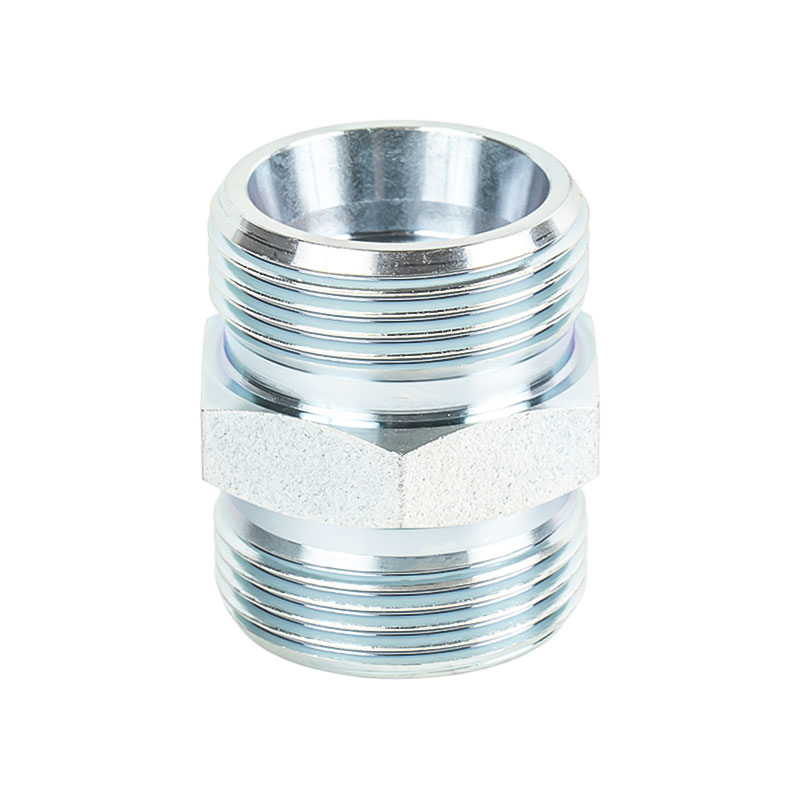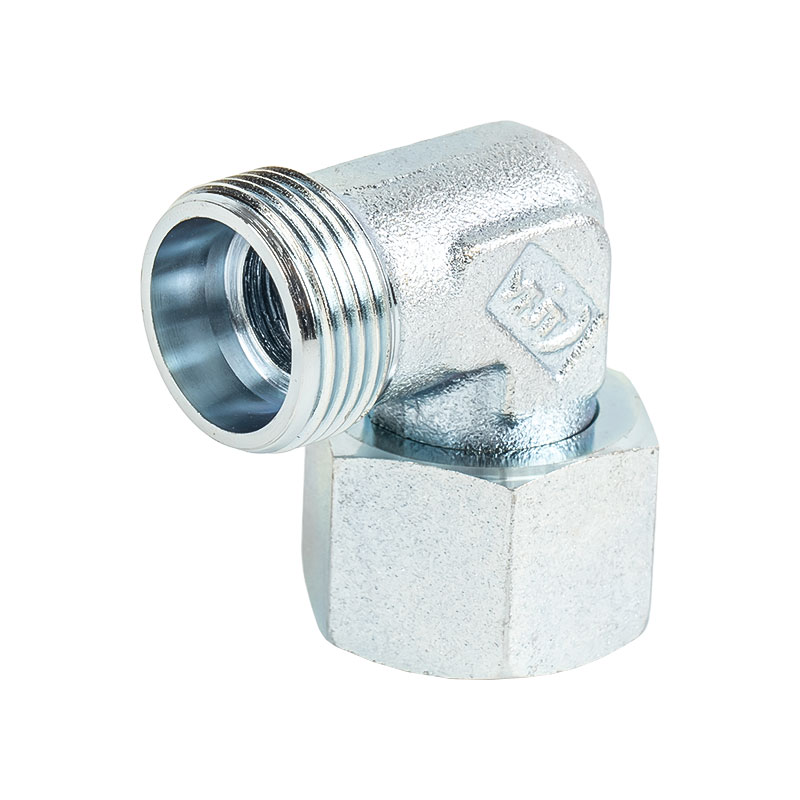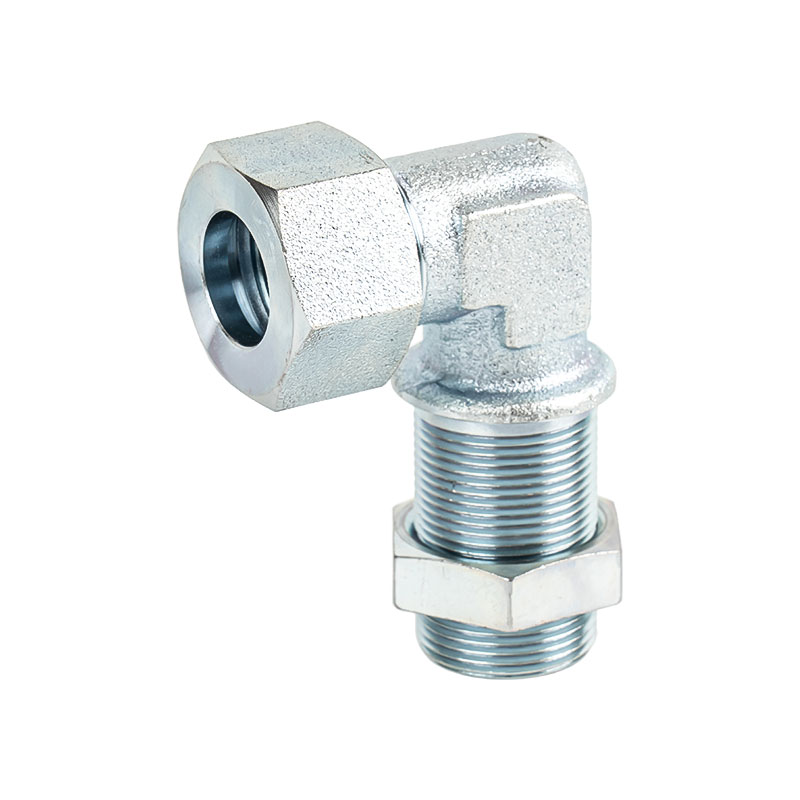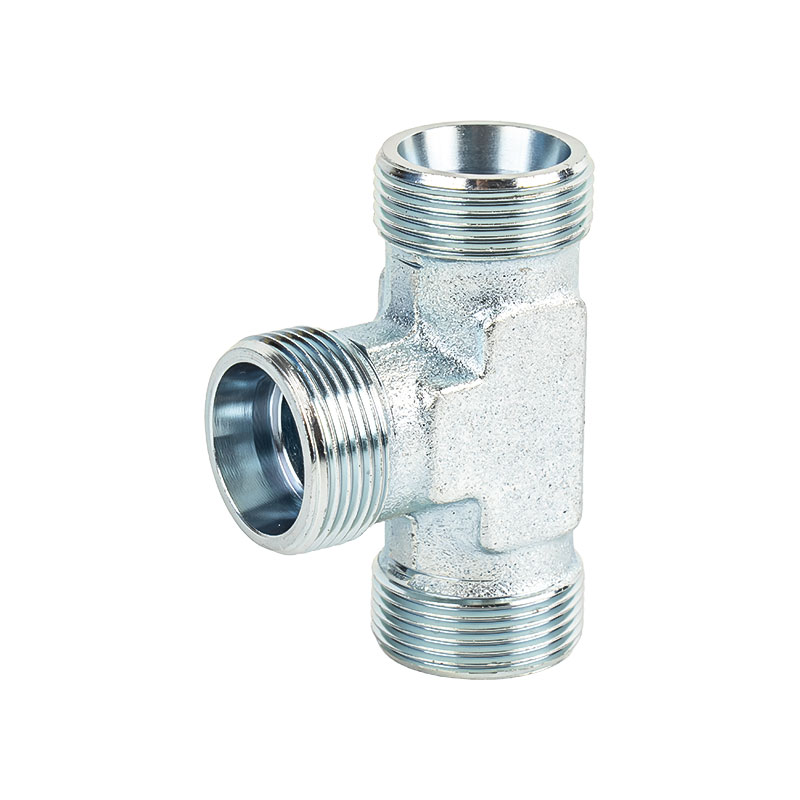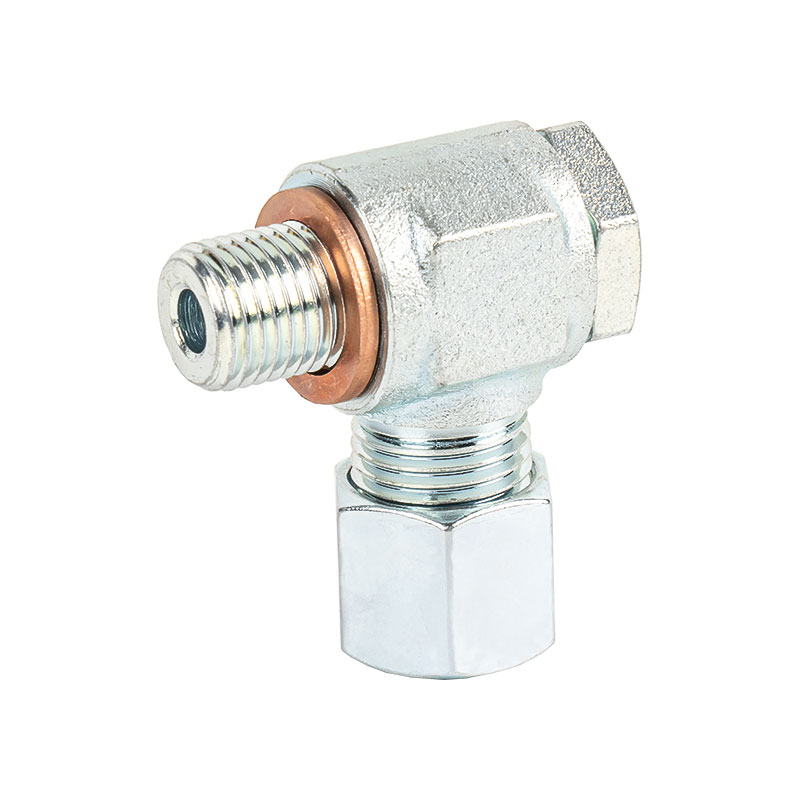Anti-Vibration Bolt is a fastener specially designed to suppress vibration and impact. It is widely used in machinery, automobiles, aerospace and other fields. Its unique design and materials enable it to remain tightened under various working conditions to ensure the stability and safety of the equipment.
1. Structural features
The design of anti-vibration bolts usually includes the following key features, which directly affect their anti-vibration performance.
Special thread design: Anti-vibration bolts often use serrated or enlarged pitch thread design. This design increases the contact area with the nut, thereby enhancing friction and reducing loosening caused by vibration.
Elastic washers: Some anti-vibration bolts are equipped with elastic washers. These washers can deform when pressure is applied, absorb part of the vibration energy, and play a role in shock absorption.
Locking mechanism: Anti-vibration bolts may also be equipped with nylon locking nuts or chemical locking agents, etc. These locking mechanisms can keep the bolts tightened in high vibration environments to prevent loosening.
2. Friction mechanism
Friction is the core of the working principle of anti-vibration bolts. The thread design of the anti-vibration bolt is designed to increase friction to resist loosening caused by vibration.
Increased contact area: The special thread shape of the anti-vibration bolt increases the contact area between the nut and the bolt, thereby increasing friction. In a vibrating environment, this friction can effectively prevent the bolt from loosening.
Holding torque: During installation, by applying appropriate torque, the friction of the anti-vibration bolt can overcome the impact of external vibration and keep the bolt tight.
3. Elastic absorption
The role of elastic washers in anti-vibration bolts cannot be ignored, and their working principle is as follows.
Deformation to absorb vibration: When the equipment vibrates during operation, the elastic washer will deform accordingly and absorb part of the vibration energy. This deformation reduces the vibration transmitted to the bolt and nut, thereby reducing the risk of loosening.
Resilience: After the external pressure is released, the elastic washer can return to its original shape, providing continuous pressure to keep the bolt tight.
4. Load dispersion
The design of the anti-vibration bolt can also effectively disperse the load applied to it.
Evenly distribute stress: The structural design of the anti-vibration bolt helps to evenly distribute the load applied to the bolt, avoiding the concentration of stress at a specific point, reducing the risk of cracking or fatigue.
Enhance overall stability: By dispersing the load, the anti-vibration bolt can improve the stability of the entire structure and ensure that it can still work normally under high vibration conditions.
The working principle of the anti-vibration bolt includes friction mechanism, elastic absorption and load dispersion. These design features and working mechanisms enable the anti-vibration bolt to remain reliably tightened in a high vibration environment, providing safety protection for various applications. Through reasonable selection and installation, the anti-vibration bolt can significantly improve the operating safety and stability of the equipment.

 中文简体
中文简体